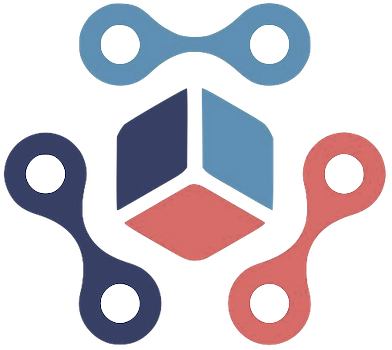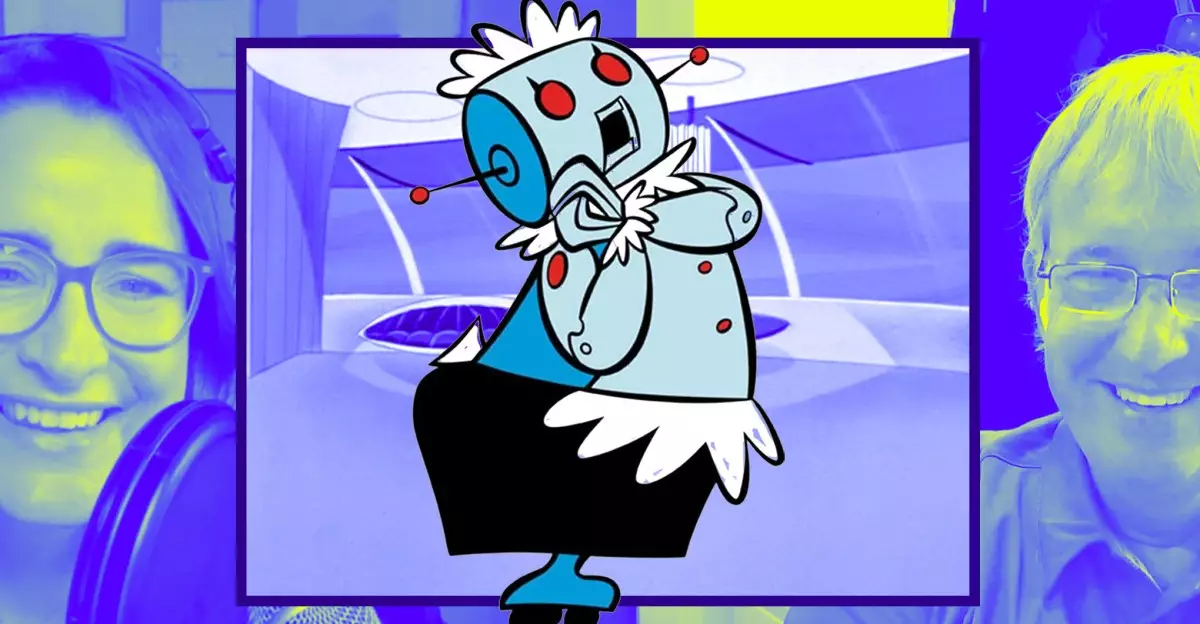The prospect of home robots becoming commonplace evokes both excitement and skepticism. Industry pioneers like Colin Angle, co-founder of iRobot, envision a future where robotic assistants seamlessly integrate into domestic environments. However, despite technological strides, the reality of a humanoid robot akin to “Rosie the Robot” remains distant. Instead, the true potential lies in specialized machines designed to perform targeted tasks—vacuuming, caregiving, security—tailored to meet specific household needs. Angle emphasizes that mass-market robots must prioritize utility over humanoid aesthetics, focusing on enhancing quality of life rather than replicating human appearance. The challenge is not solely technological but also social: Will households readily accept robots as helpers, or will fears and privacy concerns hinder adoption? Achieving a harmonious coexistence requires robots that are intuitive, unobtrusive, and genuinely useful, rather than devices that merely mimic sci-fi fantasies.
Technological Foundations: From Fragmentation to Unity with Thread and Matter
Behind the scenes of these innovations lies a critical story about connectivity—how smart devices communicate within the home network. Grant Erickson, a former Nest engineer and co-creator of the Thread protocol, highlights that prior to Thread, smart home devices struggled with incompatibility, fragmenting the ecosystem and hampering user experience. The invention of Thread was a response to this chaos, providing a low-power, secure, and robust communication standard designed specifically for smart homes. Its significance grew as it became a foundational element for the Matter protocol, an industry-wide effort to unify disparate devices under a single standard. Erickson’s insights reveal that achieving true interoperability is crucial if smart home technology is to realize its full potential. Consumers are unlikely to embrace devices that require complex troubleshooting or isolated apps. Instead, the future hinges on a standardized protocol that makes device setup, integration, and everyday use effortless and reliable.
Challenging Assumptions: Rethinking the Purpose of Home Robotics
Many envision robots as multi-talented household aides capable of responding to various needs with human-like adaptability. But is this aspiration realistic or even desirable? Angle suggests that attempting to develop a single robot that does everything may be both technologically and economically impractical. Instead, a modular approach—specialized devices working in concert—might better serve us. For example, a dedicated security robot, an autonomous cleaning unit, and a conversational assistant could operate collaboratively, each optimized for its task. Such specialization reduces complexity and increases efficiency, allowing robots to excel at their specific functions while minimizing the risks associated with full autonomy. Additionally, this perspective sparks a more profound question: Should our focus be on creating robots that genuinely serve our needs, or on fostering smarter, more integrated devices that serve us through better connectivity? The emphasis should be on usefulness, reliability, and user trust—factors that determine whether society will embrace this robotic revolution or dismiss it as science fiction.
Implications for Society and Personal Privacy
As home robotics and smart protocols become more pervasive, concerns about privacy, security, and human interaction inevitably surface. The convenience offered by interconnected devices and autonomous robots is undeniable, but so too is the risk of data breaches and surveillance. Erickson points out that the design of protocols like Thread and Matter incorporates advanced security features, but user education remains paramount. Customers must understand how their data is managed and feel confident that their homes are protected from malicious intrusion. Moreover, there is a societal question about dependency: Will reliance on robotic helpers diminish essential human skills or diminish personal agency? While technology promises emerging efficiencies, it also mandates responsible development and deployment strategies. The challenge is to strike a balance—embracing innovation without sacrificing privacy, security, or human connection.
By critically analyzing the trajectory of home robotics and infrastructure protocols, it becomes evident that the future hinges on thoughtful innovation and societal readiness. Do we have the collective foresight and trust necessary to fully embrace this transformation? Only time will tell.

